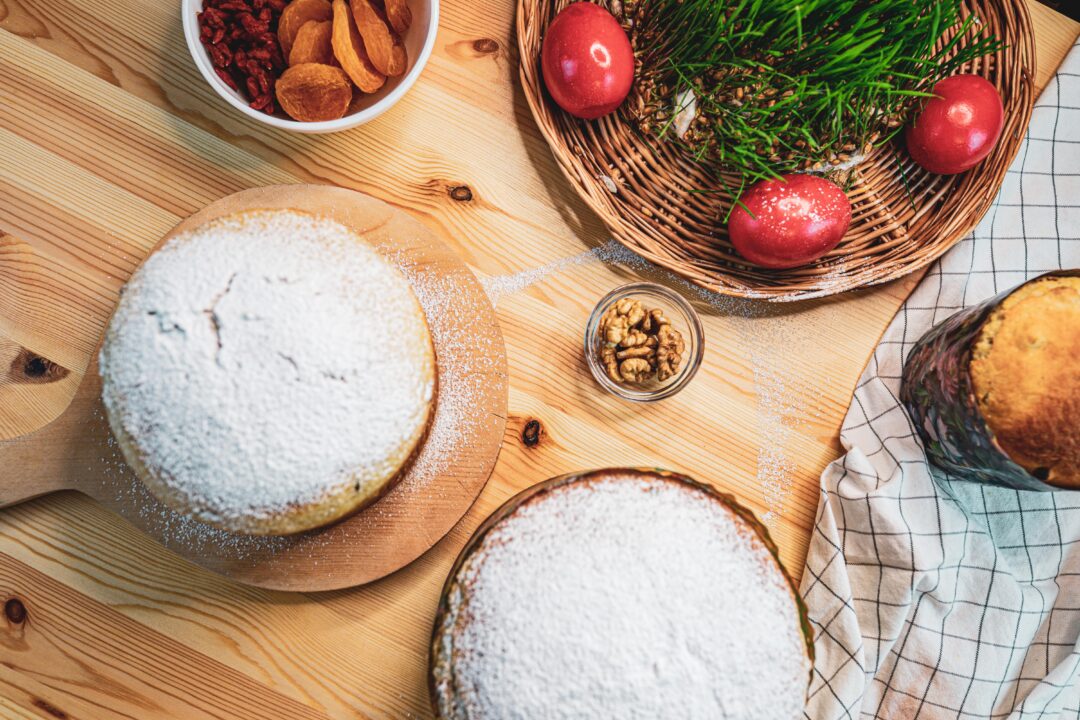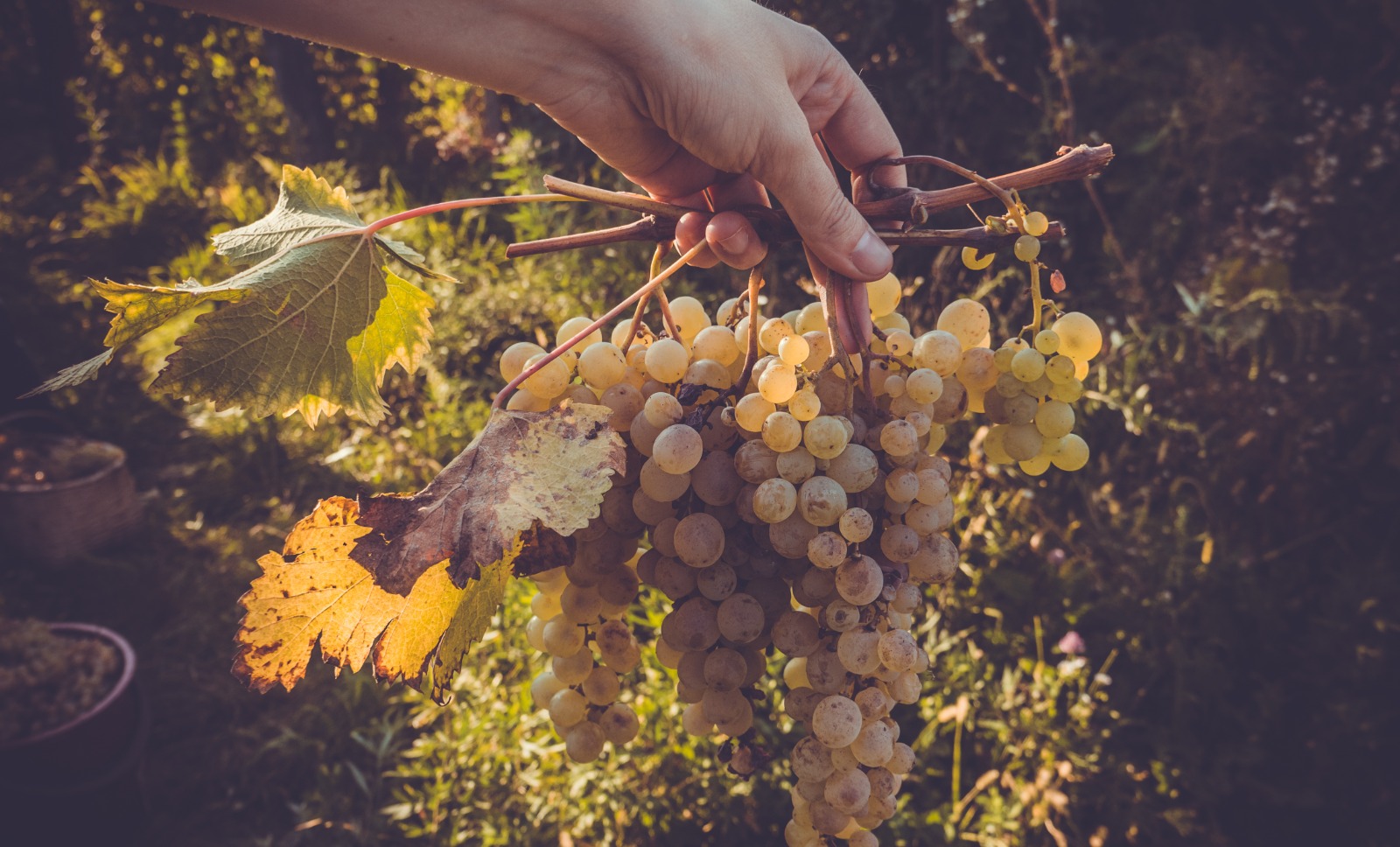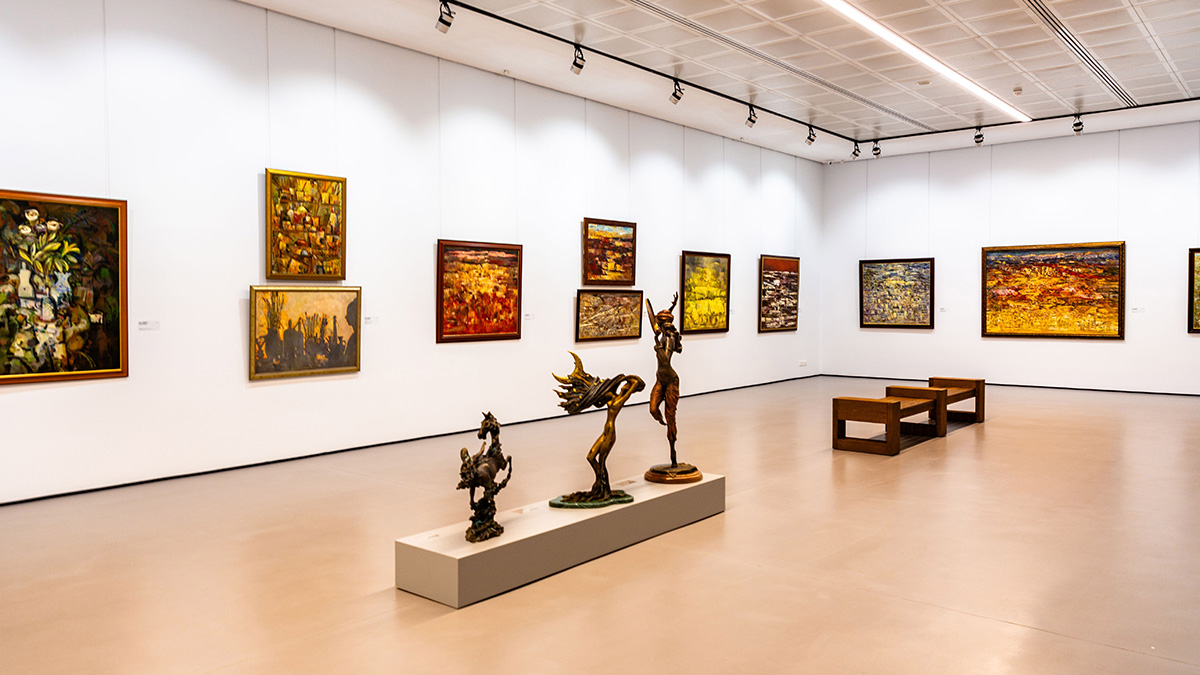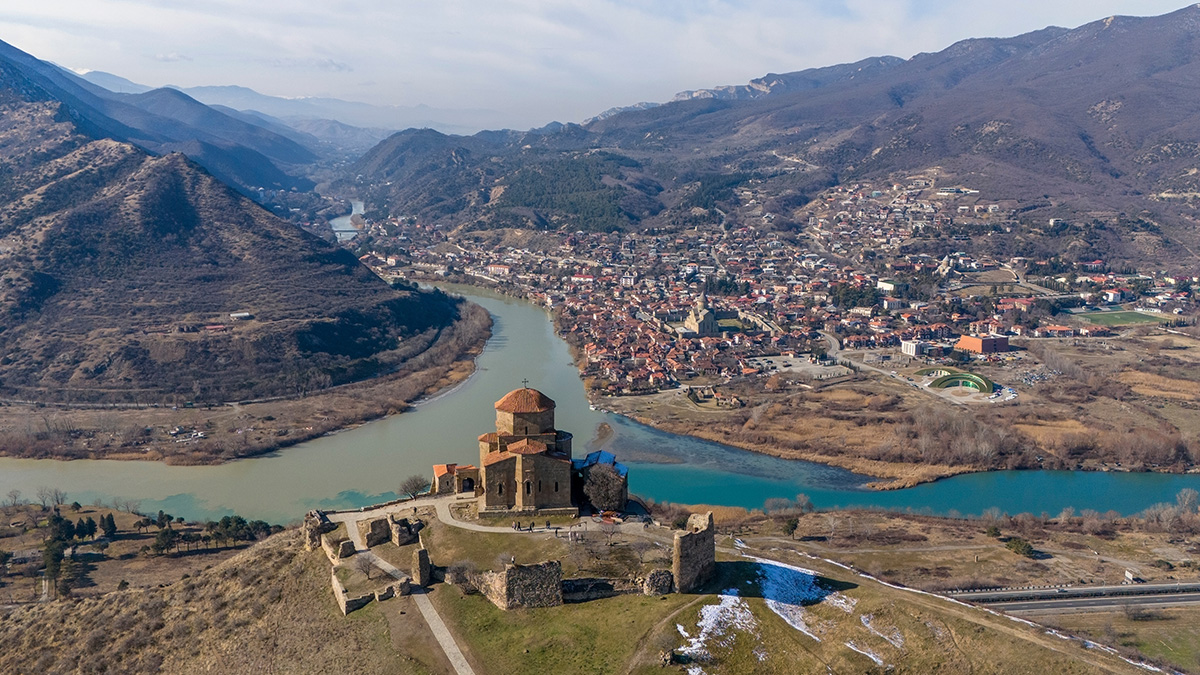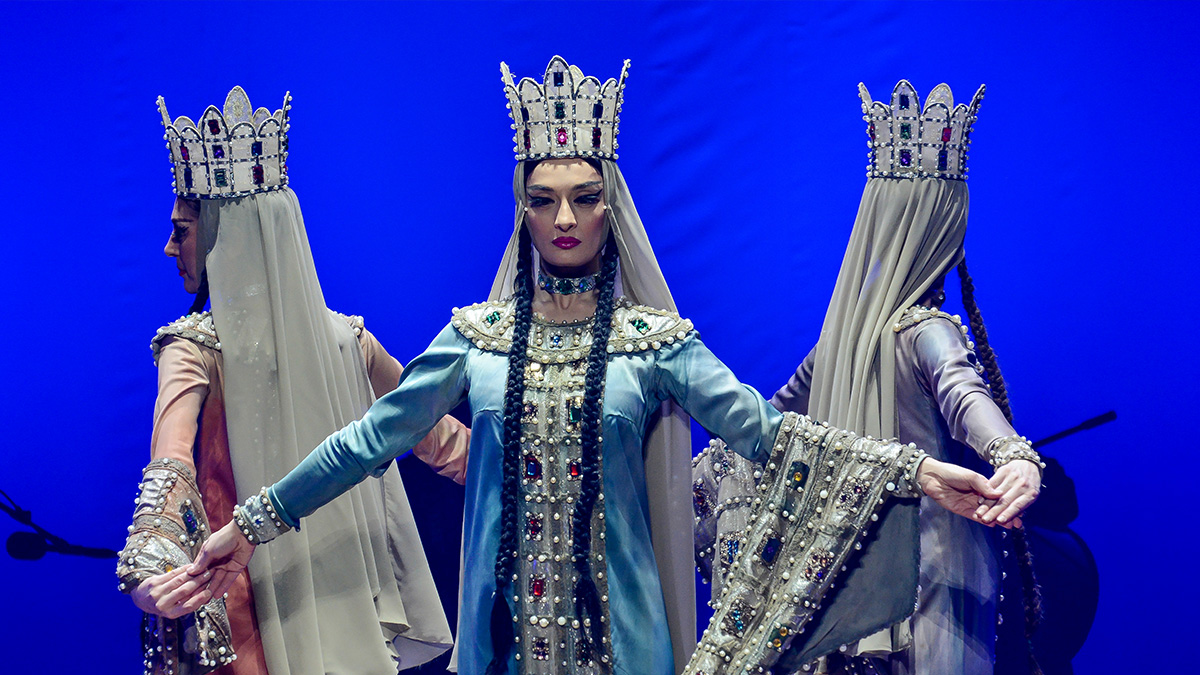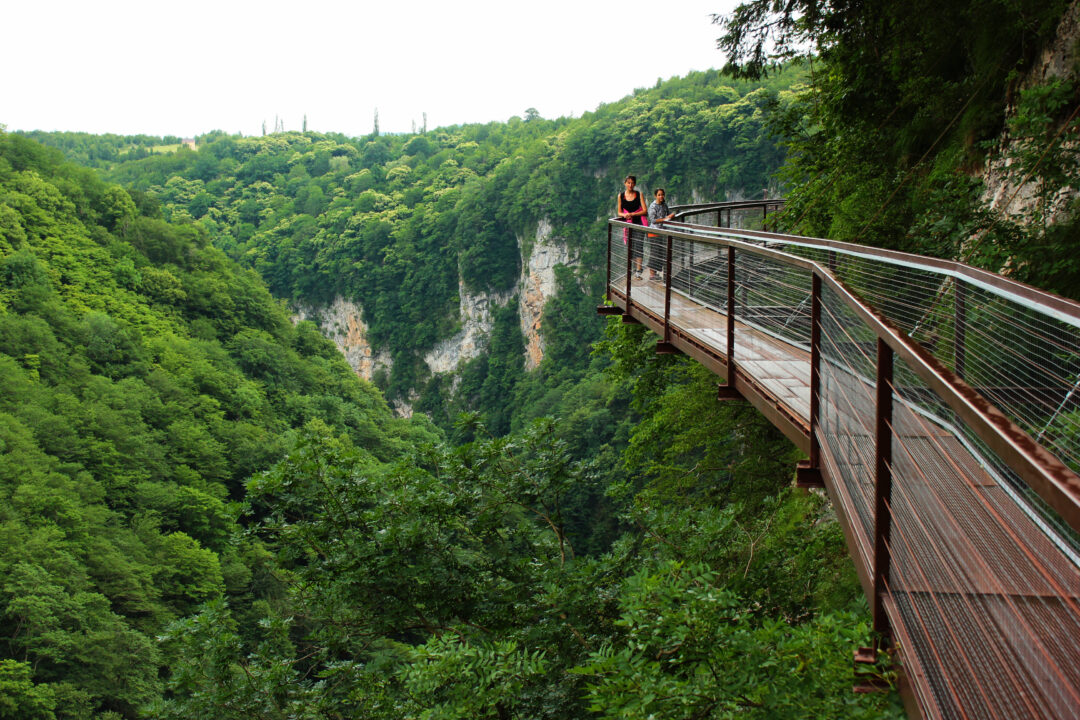Easter in Georgia: A Tapestry of Faith, Renewal, and Timeless Traditions
Easter in Georgia is more than a holiday; it is a profound spiritual and cultural symphony that weaves together the sacred and the earthly, the past and the present. It is a time when faith blossoms like the first spring flowers, and traditions, passed down through generations, find their fullest expression in the warmth of family gatherings, solemn rituals, and jubilant feasts.
This celebration marks the triumph of light over darkness, life over death, and renewal over dormancy. As the Lenten season draws to an end, homes are filled with the scent of freshly baked paska bread, while the vibrant red of dyed eggs symbolizes both the blood of Christ and the eternal cycle of rebirth. Churches resonate with the solemn beauty of midnight processions, where candlelit prayers rise into the night like whispers of devotion.
Beyond the walls of sacred spaces, Easter extends into the heart of Georgian landscapes—where nature itself seems to awaken in harmony with the joy of resurrection. Hills and valleys, once dormant under winter’s embrace, are touched by the golden hues of spring, mirroring the spirit of renewal that fills the hearts of the people.
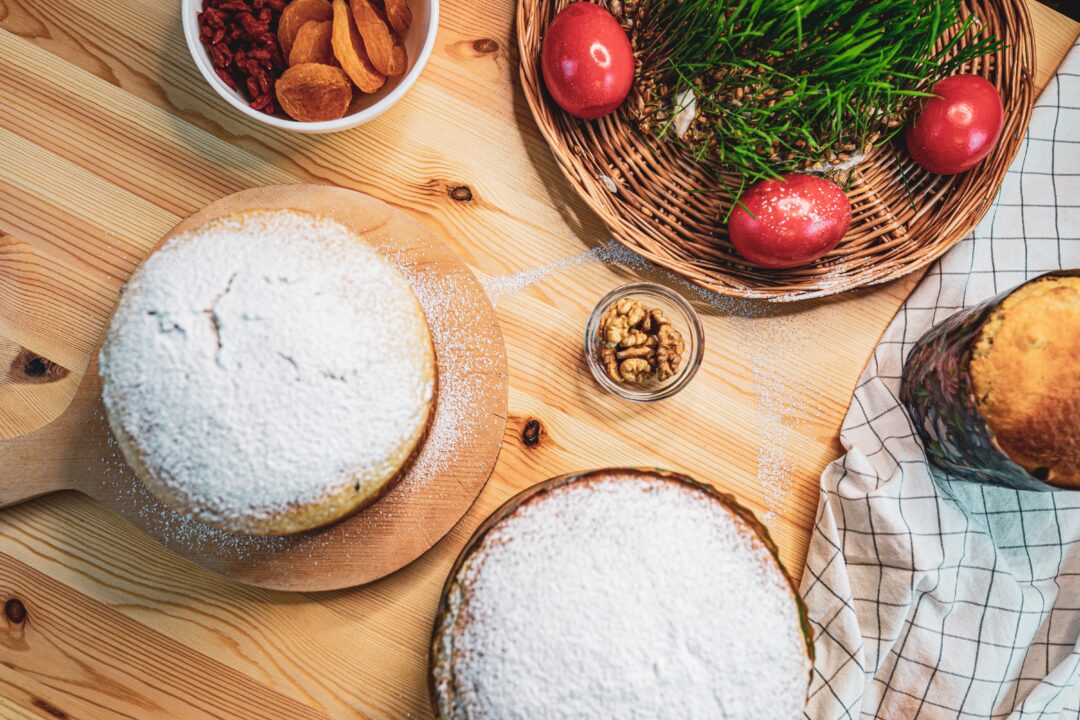
Gravesites become places of communion rather than mourning, as families gather to honor ancestors with toasts, and the breaking of red eggs, bridging the living and the departed in a timeless bond. Whether in the grandeur of ancient monasteries or the intimacy of a village courtyard, Easter in Georgia is a celebration of faith, kinship, and the unbroken continuity of tradition—a moment when past and present meet in a luminous embrace, carrying the promise of hope and renewal for generations to come.
The Religious Essence of Easter in Georgia
Easter in Georgia is primarily a religious event, with churches playing a central role in the celebrations. The night before Easter Sunday, believers gather in churches for a solemn and joyous liturgy that lasts until dawn. As the first light of Easter morning appears, the faithful greet each other with the traditional exchange: “ქრისტე აღსდგა!” (Christ is Risen!), to which the response is “ჭეშმარიტად!” (Truly, He is Risen!). This tradition, once practiced for 40 days after Easter, remains a heartfelt expression of faith and unity.
The Georgian Easter Feast: A Table of Tradition
Another sacred Easter tradition graces Georgian households in the form of ჯეჯილი—sprouted wheatgrass planted in the days leading up to the holiday. This tender green shoots forth from the earth, embodying renewal, abundance, and the eternal rhythm of life. As Easter dawns, tables bloom with vibrant displays where fiery red eggs nestle within lush wheatgrass, a testament to the harmony of life, sacrifice, and resurrection.
Easter in Georgia is more than a holiday—it is a time when centuries-old traditions awaken in the glow of candlelight and the scent of freshly baked paska. Families come together, their hearts lifted by the joy of resurrection, their tables adorned with symbols of renewal and abundance. At the center of the Easter feast, the golden-crusted paska stands tall, its sweet, airy texture embodying both celebration and devotion. Nestled beside it, red-dyed eggs, the most cherished emblems – a striking image of sacrifice and rebirth.

The deep crimson hue, reminiscent of Christ’s blood, bathes the smooth shell in meaning, while the egg itself cradles the essence of resurrection and new beginnings. In homes across the country, families come together for the playful yet symbolic ritual of the egg-tapping game. Each participant selects an egg, tapping it gently against an opponent’s in hopes of emerging victorious.
The unbroken egg, strong and unyielding, becomes a bearer of fortune, while the shattered shells whisper of cycles ending and beginning anew. Another sacred Easter tradition graces Georgian households in the form of ჯეჯილი – sprouted wheatgrass planted in the days leading up to the holiday. This tender green shoots forth from the earth, embodying renewal, abundance, and the eternal rhythm of life. As Easter dawns, tables bloom with vibrant displays where fiery red eggs nestle within lush wheatgrass, a testament to the harmony of life, sacrifice, and resurrection.
No Georgian Easter table is complete without Chakapuli, a fragrant springtime stew where tender lamb melts into a symphony of tarragon, white wine, and unripe plums. Its vibrant aroma carries the essence of the season—fresh, tangy, and full of life. Roasted meats, aromatic herbs, and an array of homemade delicacies fill the table, inviting all to partake in the spirit of renewal and joy.
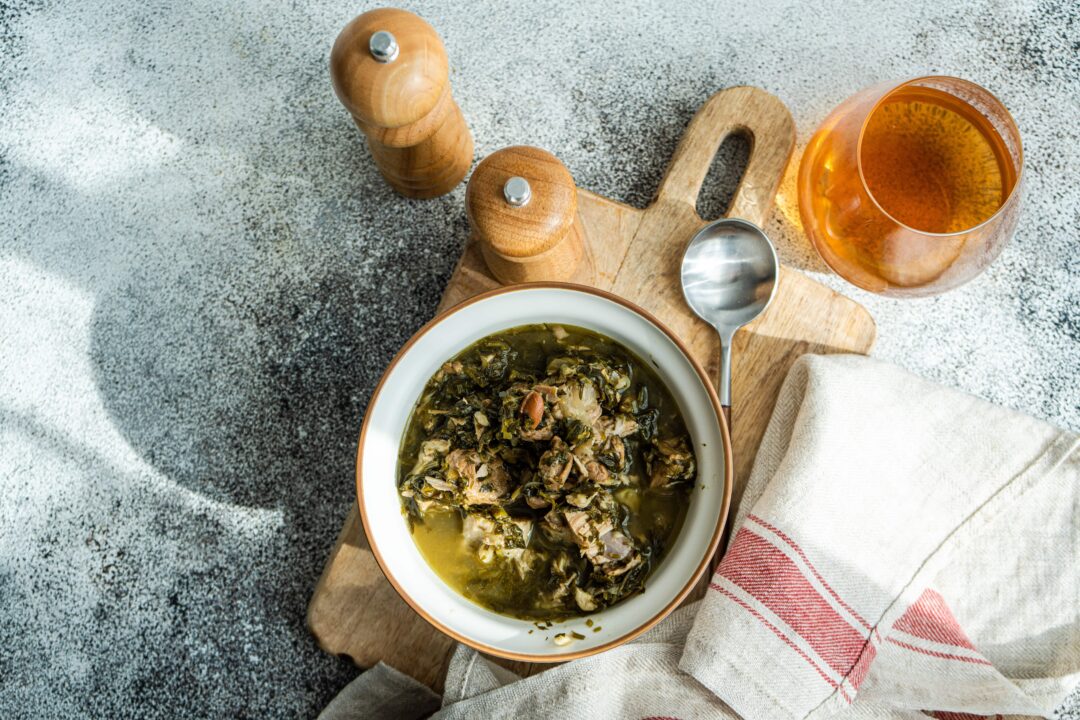
Beyond the feast, Easter in Georgia is a time of reflection, love, and togetherness. As families gather, exchanging blessings and laughter, the echoes of tradition weave through generations, reminding all that in the cycle of life, resurrection is not only a story of faith but a promise of renewal in every shared meal, every warm embrace, and every flickering candle.
Easter in Georgia: A Celebration of Faith and Culture
In Georgia, Easter is not just a single day of celebration but a lingering echo of faith and tradition that extends throughout the week. The joyful greeting “ქრისტე აღსდგა!” – “Christ is risen!”- continues to pass from lips to hearts, reaffirming a deep spiritual bond among families and friends. Yet, Easter in Georgia is more than an observance of faith; it is a renewal of spirit, woven into the rhythms of everyday life. From the flickering candlelight of midnight church services to the vibrant green of wheatgrass sprouting on festive tables, from the deep red of Easter eggs to the laughter shared over generous feasts, this sacred time unites Georgians in a celebration of life, heritage, and hope.
We created Memo — a brand where Georgian memories come to life.
Visit Memo By GSH and take a piece of Georgia with you – Www.memories.ge

